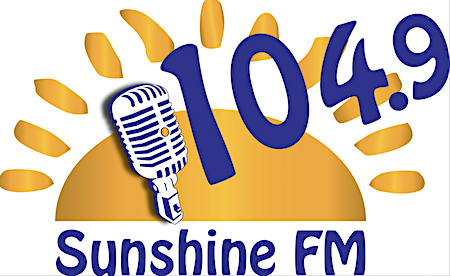Keeping communities connected: The Power of Radio – Part 2
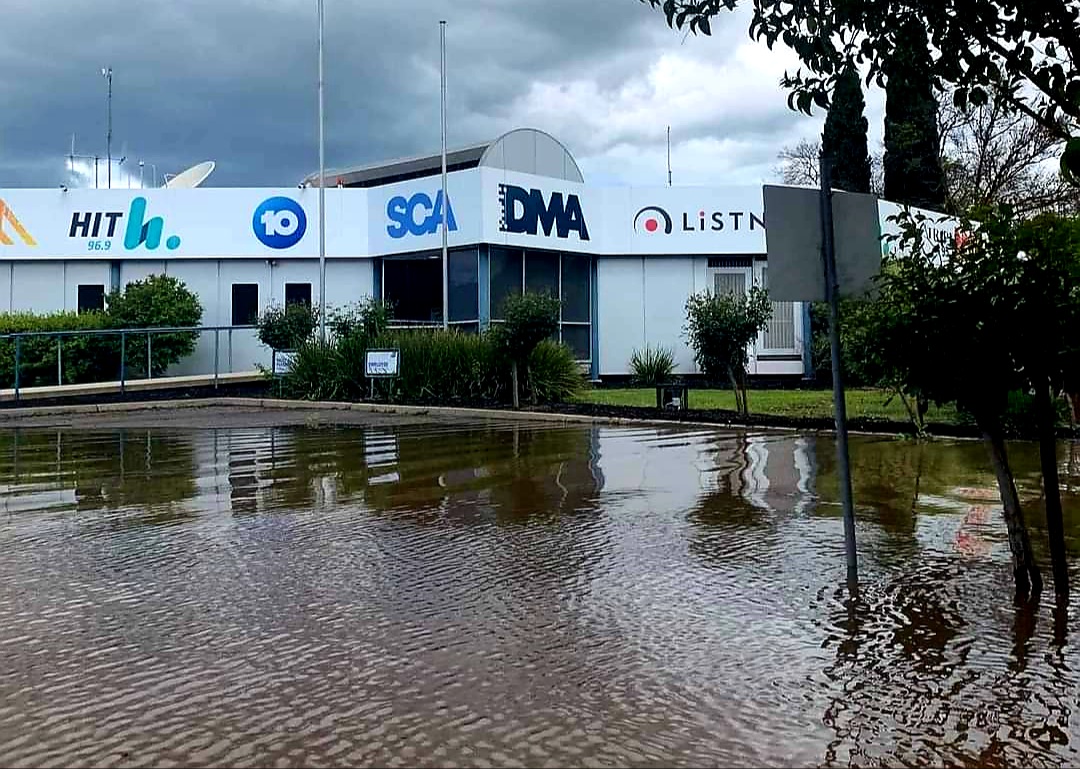
ABC Central Victoria radio reporter Luke Radford is battling to be heard against the blustery conditions.
He’s standing in front of the Eppalock spillway, updating listeners on the floods that have devastated the region over recent days, as a torrent swirls behind him.
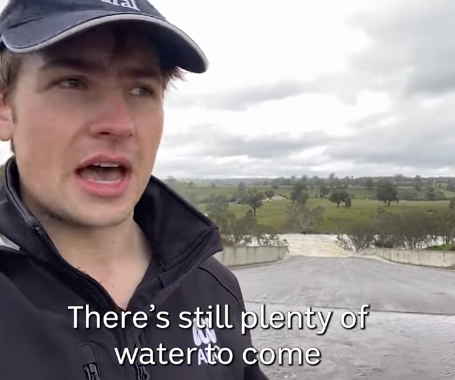
Like so many of his radio industry colleagues, Luke has been there at the coalface, getting first-hand accounts from those directly impacted.
When I speak to Luke, he’s briefly back in the office.
He tells Radio Today “This is the deep breath after the push of the last week or so.”
“We work in shifts, so everyone is holding up pretty well so far. In a situation like this, you kind of run on adrenaline. You can work long days – you’re constantly moving and the situation is constantly evolving.”
For Luke, emergency broadcasting is the most important part of his job.
“I was raised in a bushfire zone in South Australia, so I’ve always considered it to be among our most important responsibilities.”
Luke says painting the picture – and conveying the true extent of what he sees – is always front of mind.
“How can I bring this world – what I’m seeing in front of me – to everyone around the country? How can I really explain it?”
“I think radio has a very unique place. Radio can be put up just like that,” Luke says, snapping his fingers. “Even if I’ve got just a bar of signal on my phone, I can be on air at ABC Melbourne or locally.”
“While visual content can be strong, well-crafted audio that really tells a story can really show people what’s playing out, right there in front of us.”
“The immediacy of radio is very important. It’s about providing the best information we can. We’re not first responders, but we do play an important role in the greater emergency.”
In the ABC studio, Emergency Services Minister Jaclyn Symes describes the damage: “We’ve seen houses and businesses inundated. Whole sections of road ripped up and tossed aside like wrapping paper.”
And as I write this, thousands more homes could be inundated as early as today.
From trees toppling onto historic house boats in Echuca to 200 horses being rescued from rising floodwaters in Seymour, the national broadcaster has worked tirelessly to keep listeners informed of the situation via both the airwaves and social media.
And the information extends far beyond emergency warnings, including what emergency relief centres need – or don’t need – in the way of donations.
Similarly, with parts of Shepparton awash, the teams at Triple M and Hit Goulburn Valley have been heavily involved in the emergency response, doing a joint broadcast, getting vital information out to their audience.
Or sometimes it’s a case of simply lending an ear to a listener who’s doing it tough.
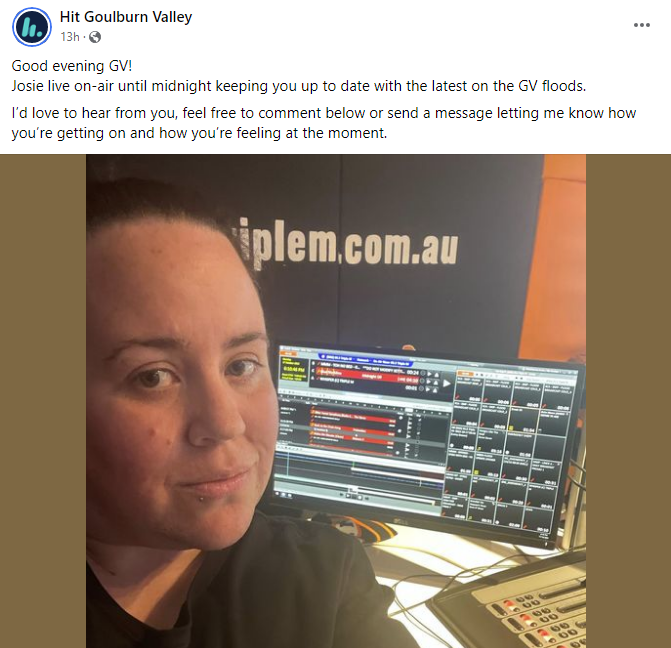
During the most challenging times in their lives, people rely on local radio coverage to provide updates on developing situations, as the team at Bendigo’s Gold Central Victoria can also attest.
The 1071 frequency has provided breaking emergency information since 1938.
From Echuca to Ballarat – Central Victoria has long relied on the station for breaking news which impacts the community.
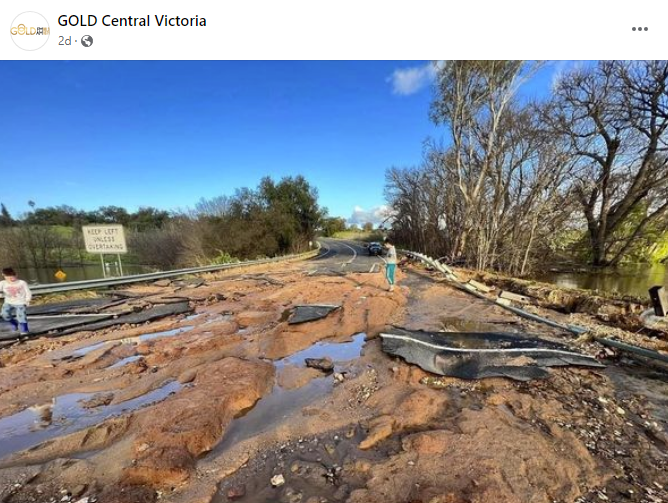
Gold Central Victoria General Manager Shane Hogan says in some cases, it can be life-saving information.
He tells Radio Today “It was great to see the team come together last Thursday broadcasting into the night and the early hours of Friday.”
“The immediacy of radio over the last week has kept our community connected, informed and safe.”
But as Luke Radford points out, there’s still a long road ahead.
“We need to remember the story doesn’t end when the water recedes.”
Photo credits: ABC and Facebook
